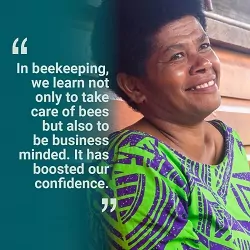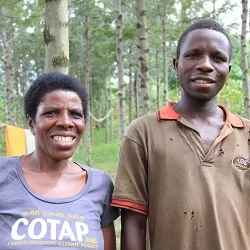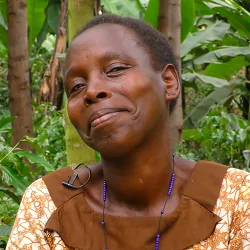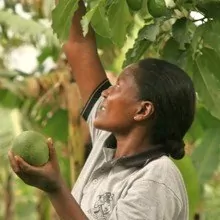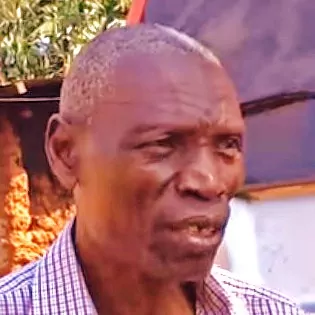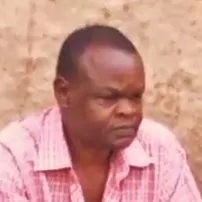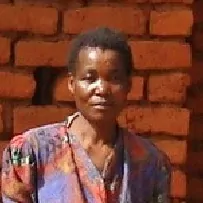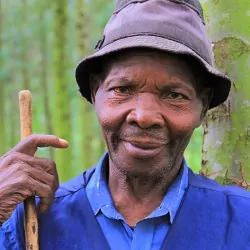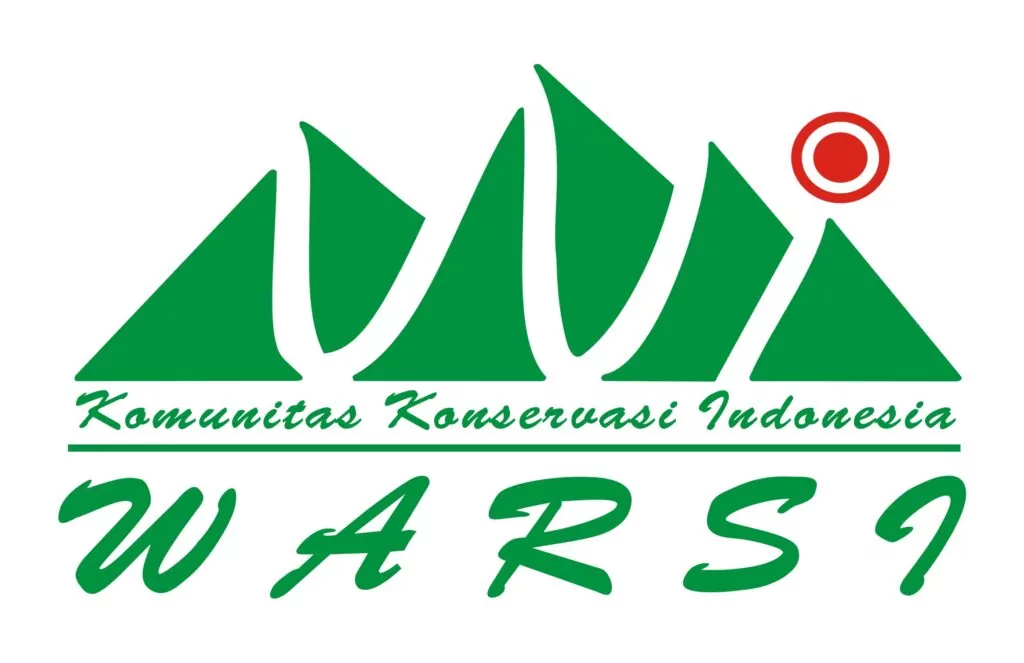“Give me your tired, your poor/Your huddled masses yearning to breathe free…”
– Excerpt from the sonnet “The New Colossus” by Emma Lazarus, inscribed on a plaque at the base of the Statue of Liberty.
COTAP tried to raise the below points both directly with Pacific Gas & Electric (PG&E) and also on its Facebook page, and, disappointingly but unsurprisingly, our comments were deleted and we were blocked. So, we’re left to wonder what their motivations are, and to squawk, I mean blog, about it…
So, does PG&E like global poverty? Of course they don’t, who does? Poverty kills 11 million children every year, and there’s nothing to like about that.
On the other hand, some of the worst injustices in history have been ones of omission. One simple, reasonable, and yet omitted act by PG&E could result in the missed opportunity to generate over $1.06 million in annual wages in Nicaragua and Mozambique, two of the poorest countries on Earth.
The ClimateSmart program, which allowed PG&E’s utility customers in Northern and Central California to address their home energy-related CO2 emissions, was in many ways noble. It was one of the first of its kind, it included forestry in its portfolio of carbon projects, and it only picked accredited projects. PG&E bravely put itself out there as a guinea pig to discover what happens when one mixes land-based carbon offsets with land trusts.
It was recently announced that ClimateSmart is terminating on December 31, 2011 despite attracting 30K customers. Though far smaller than their projected level of 168K participants, using ClimateSmart’s own figures of a $5 monthly contribution those 30K participants paid in roughly $1.8 million per year.
ClimateSmart participants’ unavoidable emissions are now likely to go unaddressed, and that’s generally not a good thing.
But there is a whole lot more at stake here.
Though we certainly wouldn’t attract all ClimateSmart participants, COTAP could turn an average of 59% of that $1.8 million into $1.06 million in annual wages for rural communities and COTAP project participants like Maria Monteiro. Maria’s husband died of AIDS and she lives in the central Sofala region of Mozambique, where incomes are $50 annually. Carbon revenues from our partner Envirotrade’s Sofala community carbon project are helping her to support and feed her five children. PG&E can help people like Maria by notifying ClimateSmart participants about other offsetting options, including but not limited to COTAP. And by doing this PG&E can help all other offset programs beyond COTAP, and they create positive environmental and social benefits too.
But will they? PG&E’s currently encouraging ClimateSmart participants to sit tight, bask in the afterglow of their successful and concluded program, and load up on tips about sustainable energy management. This is insufficient because it doesn’t address customers’ unavoidable CO2 emissions still going into the atmosphere after such energy-saving measures are taken. And this is insufficient because of the aforementioned missed opportunity to help people like Maria.
Only by notifying participants of carbon offsetting opportunities, including but not limited to COTAP, which will remain available after their program comes to an end on 12/31/11, can the ClimateSmart program fully become the resounding success which it currently claims to be.
This does not have to be difficult and it can be done impartially. For example, one easy-to-find, widely-known, objective list of offset providers is the list maintained by the Stockholm Environment Institute’s Carbon Offset Research & Education (CORE) program at http://www.co2offsetresearch.org/consumer/Providers.html. But whatever you do, PG&E, send your ClimateSmart participants something. Don’t just flush 30K paying offset customers down the toilet. It’s not good for the environment, and as you can probably tell by now COTAP doesn’t think it’s good for people, either.
Some might say, “Oh, COTAP is just making a fuss because they’d stand to profit if PG&E told ClimateSmart participants about them.” This is absolutely 100% true, but with an epic twist. COTAP transparently hands over 90% of individuals’ carbon offset contributions to our partners and their projects which benefit rural farmers in least-developed countries, literally the poorest people in the world. The profit-seeking approach is common in the carbon credits space, and so COTAP may come across as a sacrifice fly. But that’s also the point. To extend the analogy, hundreds of millions of the poorest people in the world are waiting on third base.
So, PG&E… spread some love. If you were authorized to spend $16.3 million marketing and running ClimateSmart, you can send at least send one free email to participants with a list of organizations eager to pick up where you’ve left off. We know of at least one organization that’s interested in being on that list : )


